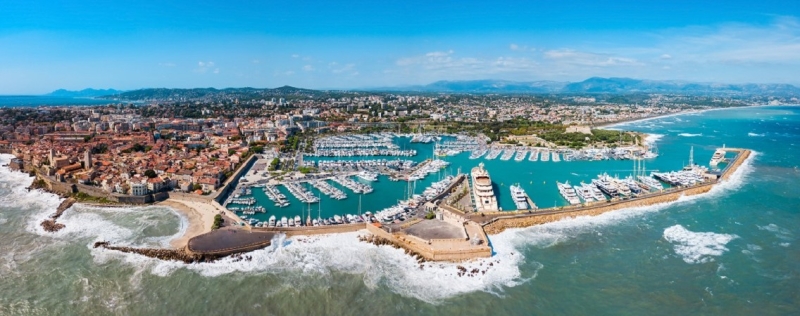
The further you go south, the more refined the cuisine of France becomes. Here it serves one purpose – to receive gastronomic pleasure, and not to keep warm in the harsh winter, as in the north. Thanks to the warm climate and bright sun, excellent vegetables grow in the south, juicy fruits ripen, and also have its own olive forests. The sea is nearby, so there is plenty of seafood here. True, there are also mountainous regions that have retained their taste for hearty dishes, fatty cheeses and savory sauces. Let’s figure out what to try while traveling in the south of France.
Auvergne – Rhone – Alps

As in many high mountain regions, people here love hearty, fatty and high-calorie food. For example, tartiflette – potatoes, onions and bacon are stewed in sour cream and then baked in the oven under a cap of Reblochon cheese. The cheese is also used to make bertoud, a thick fondue that is used as a sauce for jacket potatoes.
Farsman is a sweet and salty casserole made from potatoes and dried fruits. Dauphine casserole is creamed potatoes covered with cheese, served with sausages. In general, sausages are popular here: try, for example, duat (small Savoyard sausages served with polenta or potatoes) and sausson with wild mushrooms. Savoy tartine – a hot sandwich made from smoked brisket, reblochon cheese, pitted prunes and country bread – the best option for an après-ski snack.
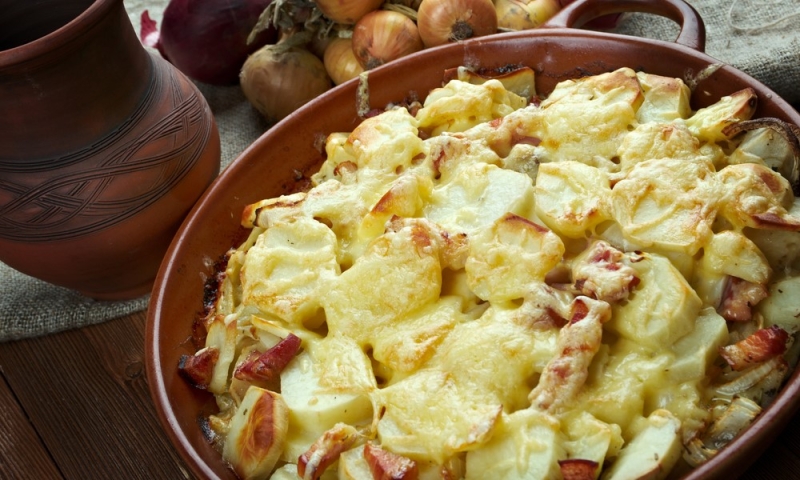
In this region, any parts of animals, including offal, are used. It turns out aromatic and tasty. For example, Caillette de Chabeuil balls are prepared by residents of the Ardèche department from pork backbone, liver, white beet leaves and spinach. There is also a stuffed pork hoof, stuffed with bread crumb, ham, egg, onion and herbs. In Lyon, artichokes with bone marrow are very popular.
Cows here graze on alpine meadows, so the cheese of the region is considered noble, and its taste is highly valued. Beaufort with light notes of hazelnuts and a salty aftertaste is suitable for fondue and goes well with any dish. Savoyard reblochon cheese has a sharp but pleasant smell and a nutty and fruity taste. The hard round cheese abondance is said to have been the favorite variety of Louis XIV, and it is also an excellent appetizer for white wine.
The region’s desserts are very sweet, including many rich pastries: quince bread; pange cake with apricot filling, almonds, apples and honey; Alpine pie with jam; strawberry savoy cake; layered savoy pear pie with cinnamon; Grenoble nut cake.
Provence – Cote d’Azur
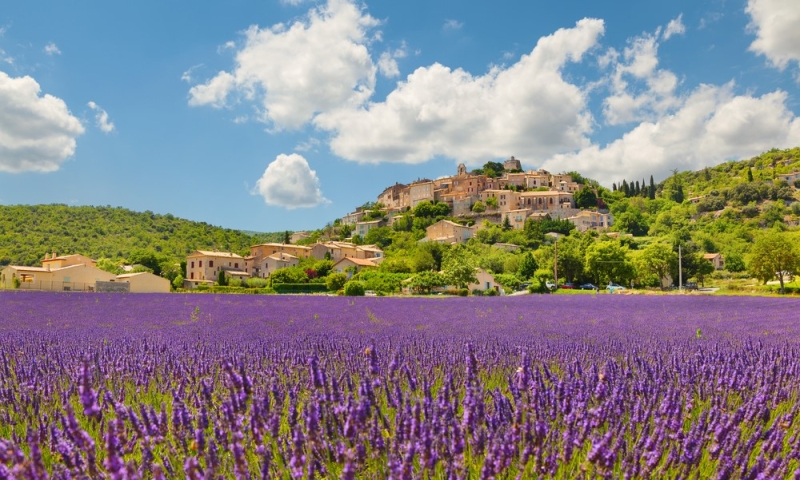
In Marseille, you should definitely try the thick bouillabaisse soup, which is more like a seafood stew. Initially, it was a dish of fishermen: they prepared it from that part of the catch that could not be sold in a day. Today, bouillabaisse in restaurants is often the most expensive menu item, and only the best sea creatures end up in the pot. A cheaper option is burrid, white fish soup with garlic sauce.
The well-known ratatouille, baked southern vegetables with herbs, also considers Provence its homeland, although “relatives” of this dish can be found almost throughout Europe: in Italy caponata is similar to it, in Russia it is similar to eggplant caviar, in Turkey – imam bayaldy, and in Hungary – lecho.
Salad Niçoise is a specialty of Nice, made from fresh vegetables, boiled eggs, anchovies and olive oil, and in a modern interpretation, tuna is also often added. A very popular street food in this city is called socca – a flatbread made from chickpea flour, which is eaten dipped in various sauces and spreads (aioli, black olive tapenade, anchovyade and garlic). Provençal pizza with anchovies, onions, olives and red peppers is called pissaladiere.
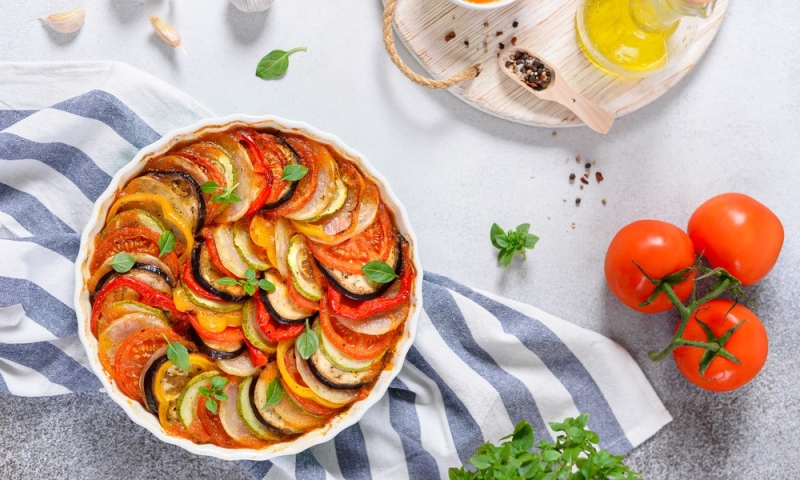
The further from the sea, the richer and heavier Provencal cuisine becomes. For example, in the foothills you can find dob – beef that is stewed all day in red wine with cloves, garlic and herbs. Another popular dish is pied-e-paque (“feet and pouches”) made from sheep’s feet and pieces of sheep skin with vegetables.
Provence is not considered a “cheese” region, but there are still a couple of good local varieties: ricotta-like brusse ibanon – small round pucks ripening in a brown chestnut leaf.
Initially, orange blossom, pine nuts and candied fruits were used to enhance the taste and aroma of Provençal desserts. Today, this region has its own “trademark” – lavender, so many sweets are flavored with it. Very good are tiny Alsona cookies made from almonds and melons in sugar glaze. In Saint-Tropez they make sponge cakes with sweet pastry cream called tropeziennes. The town of Menton, located on the border with Italy, is famous for its large and sweet lemons, and, of course, it has its own lemon tart.
New Aquitaine
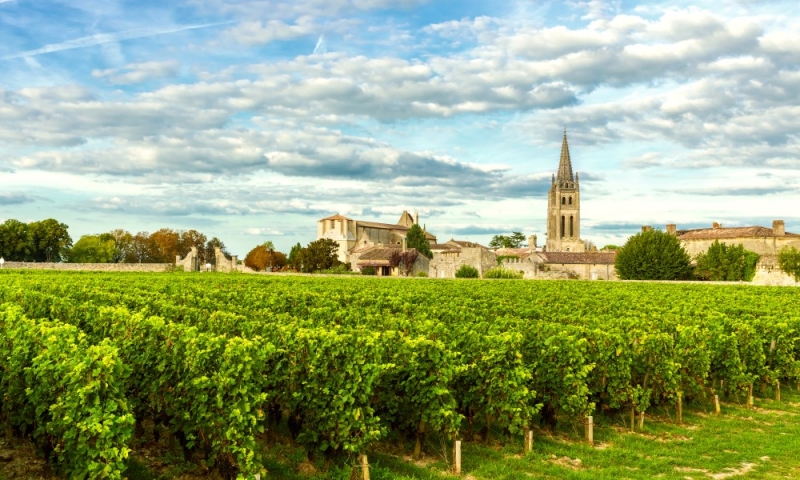
Aquitaine is an important region for all gourmets in France, because it is the main region for the production of foie gras. There are a huge number of dishes that can be prepared with this fatty liver: medallions, escalopes, terrine, stuffed figs. Other popular duck dishes here include breast (magret) with a sweet sauce (usually orange jam and honey) and confit, and for winter cabbage soup, garbure broth is simmered with a duck leg.
Lamprey Bordeaux style stands out among fish dishes: small pieces are stewed with butter, leeks, Bayonne ham and spices, and the sauce for it is mixed with blood and red wine. In coastal towns, find eel, fish and shrimp soup with white wine and garlic.
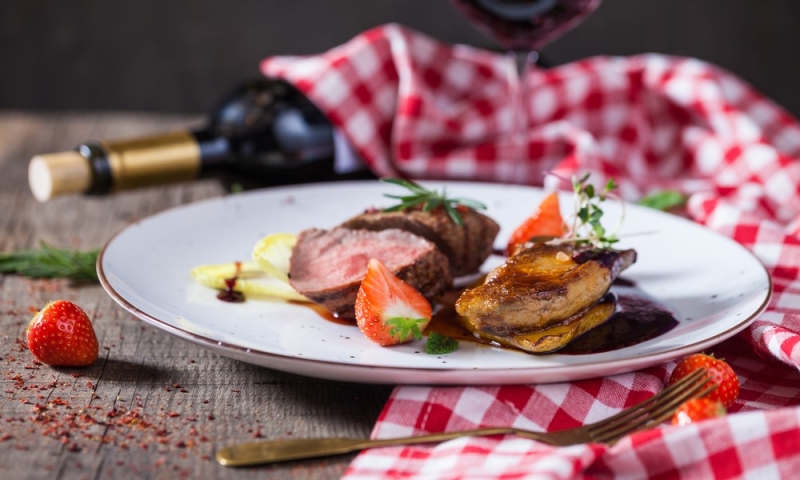
Among the local cheeses, the best are considered to be Chabicho du Poitou from the milk of a local breed of goat and goat petit boyar, Fouette cream cheese with various additives – herbs and garlic, walnuts, figs, chevroux with pumpkin seeds, cabecu sprinkled with black pepper.
Aquitanians prefer local fruits as desserts – Agen prunes, melon, apples. But there are also confectionery masterpieces: for example, tiny canelé cakes originally from Bordeaux – crispy outside and soft inside cupcakes soaked in rum and vanilla essence. When guests arrive, local residents bake Basque pies with marzipan or cherry filling.
Occitania
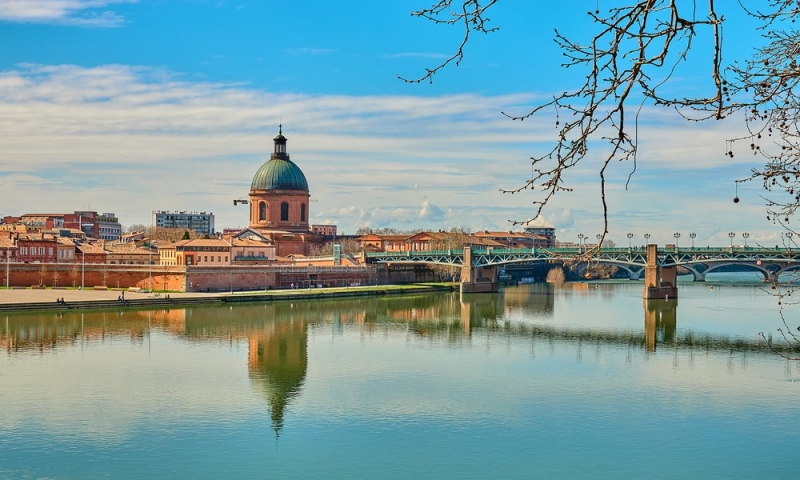
The main Occitan dishes are cassoulet and guardian. Cassoulet is made from duck legs, sausages and white beans, resulting in a cross between a stew and a chowder. To prepare guardian, veal is first marinated in red wine, thyme and sage are added, and then simmered for several hours over low heat with olive oil.
Other dishes worthy of attention: touraine – homemade garlic soup, common in Toulouse and Dordogne; Landes pork – meat of the black breed of Gascon pigs in wine and vegetable sauce; leg of lamb with garlic, traditionally served for Easter dinner; piperad – an appetizer or side dish of stewed peppers; chestnut bajan soup.
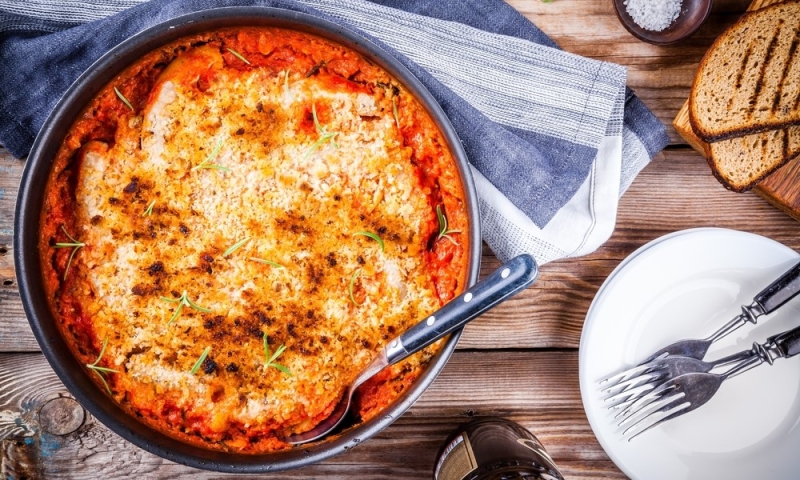
Occitan pelardon cheese is considered the most delicious French goat cheese – and the oldest. It is very tender and will be equally good as an appetizer with wine and as a dessert. This is where such world-famous cheeses as the delicate goat Rocamadour and the fragrant Roquefort with blue mold come from: they received their names from the picturesque Occitan villages where the production is located.
Local desserts are “ears”, cookies very similar to the “brushwood” we know; Grisette’s licorice-honey lollipops from Montpellier; clafoutis – fresh cherries with pits, filled with egg batter; flan is an open pie made from shortcrust pastry filled with eggs, burnt sugar and orange water. In Toulouse, violet syrup or candied violets are added to many desserts; this flower is considered a symbol of the city.

